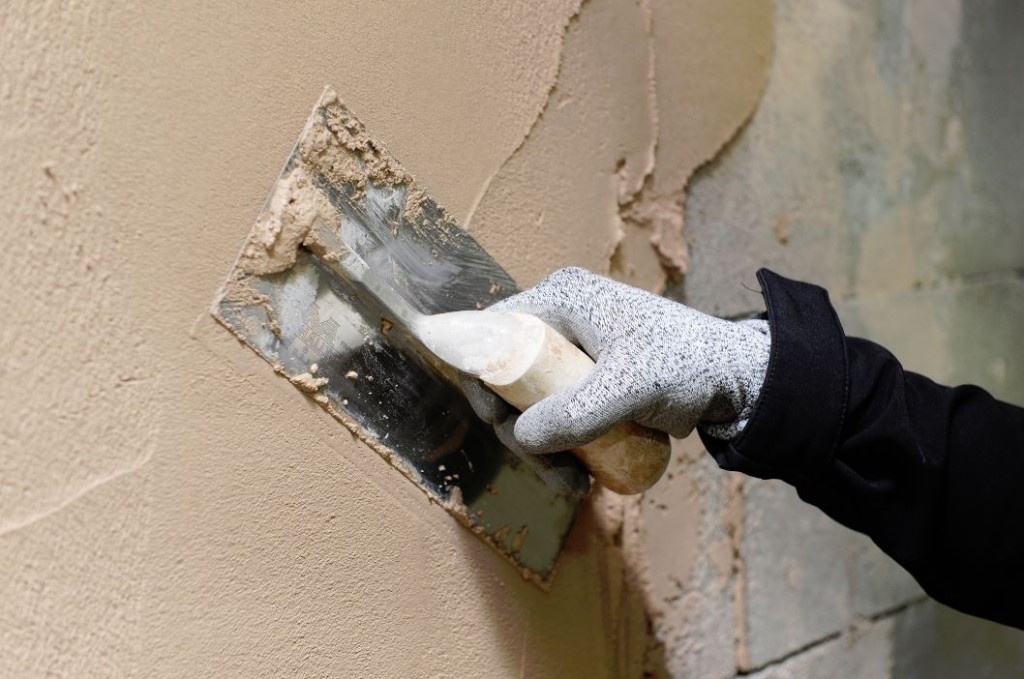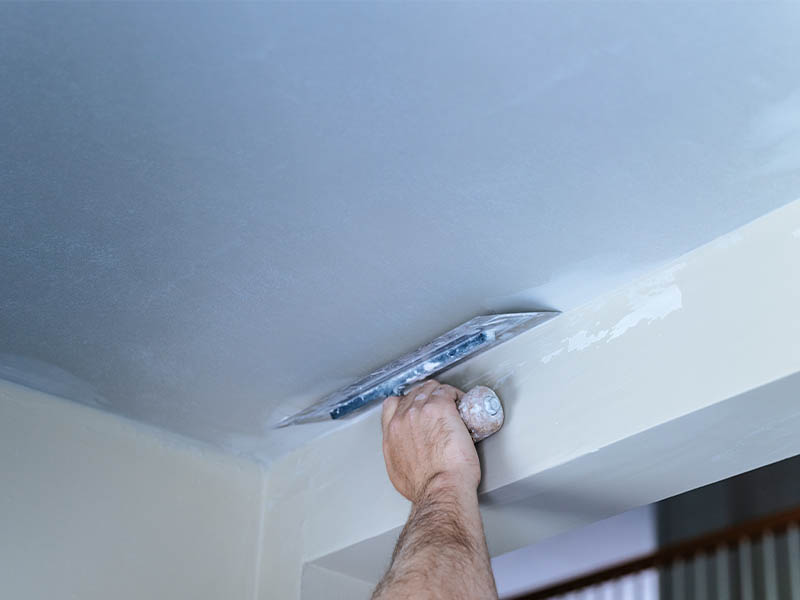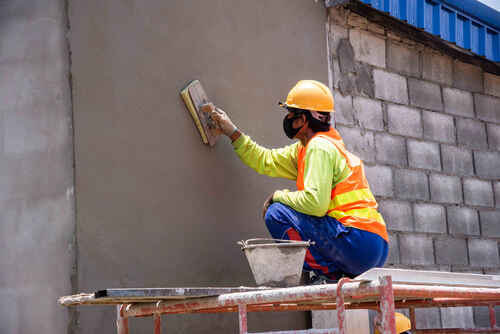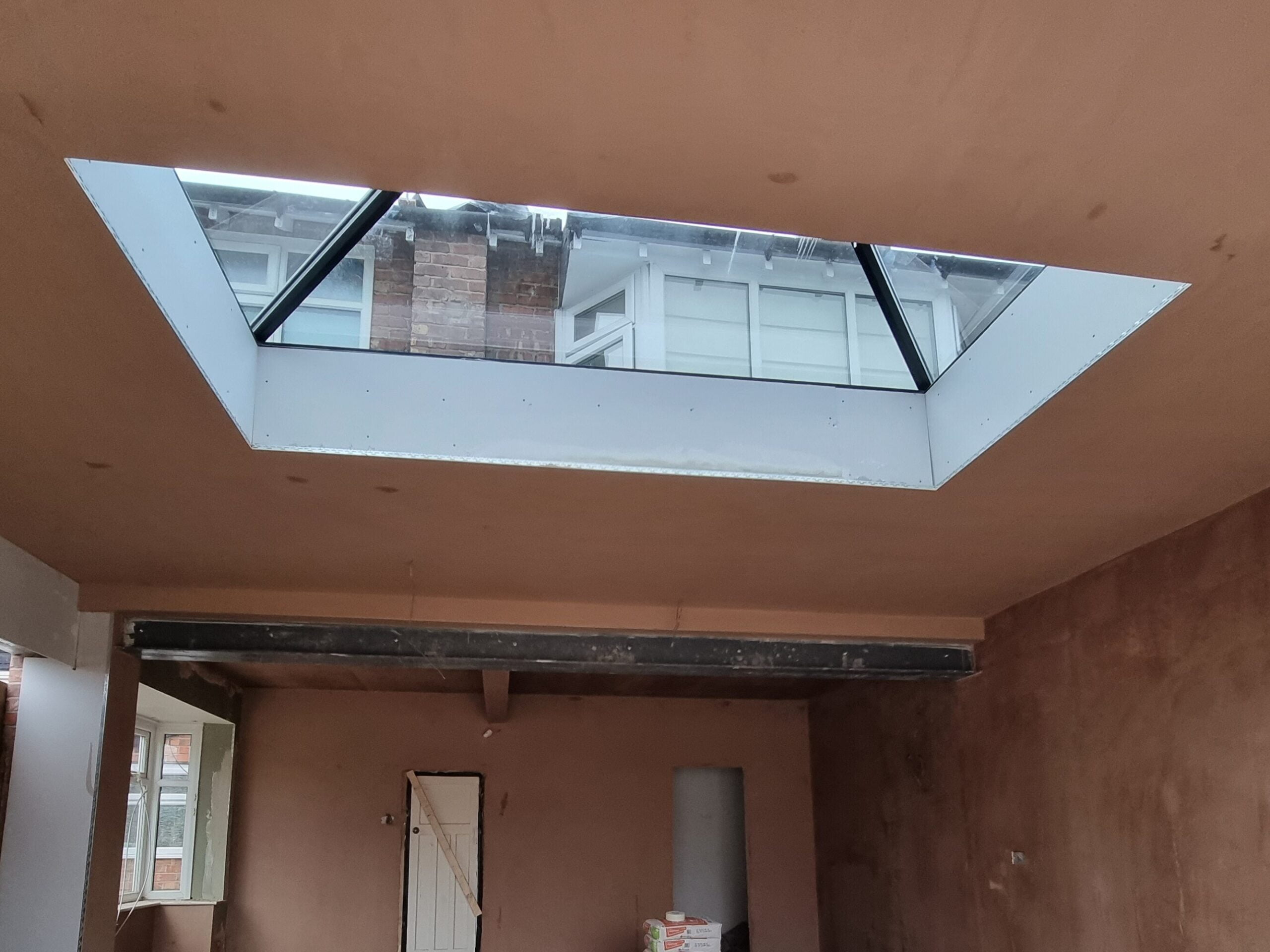Interior Plastering: Top Quality Craftsmanship for Flawless Wall Surfaces
Interior Plastering: Top Quality Craftsmanship for Flawless Wall Surfaces
Blog Article
A Comprehensive Overview to Mastering Plastering Skills for Your Renovation Needs

Necessary Tools and Products
Different important tools serve unique purposes, ensuring efficiency and precision throughout the gluing process. A high-grade trowel, for instance, is crucial for smoothing and applying plaster, while a hawk gives a steady platform for holding the material.
In addition to tools, selecting the ideal plastering materials is important. Gypsum-based plasters are typically liked for their adaptability and ease of use, while cement-based choices are optimal for outside applications as a result of their resilience. Water and bonding agents play considerable duties in attaining proper consistency and adhesion, guaranteeing that the plaster adheres effectively to the surface.
In addition, protective gear such as goggles, gloves, and masks is vital to guard versus dirt and irritability during the application process. By assembling the appropriate mix of materials and devices, plasterers can boost their ability and create high-grade coatings, ultimately boosting the overall workmanship of their job.
Preparing Surfaces for Smudging
Achieving a smooth and sturdy plaster surface starts with meticulous prep work of the surfaces to be smudged. This foundational action is vital to making sure attachment and the long life of the plaster. Beginning by assessing the problem of the substrate-- whether it is concrete, drywall, or stonework-- removing any kind of loose paint, dirt, or particles that may hinder bonding.
Following, fix any kind of flaws such as splits or openings. Utilize an appropriate filler to achieve a degree surface area; this can be important for avoiding future concerns. Once repaired, make sure the surface area is clean and completely dry, as moisture can jeopardize plaster adherence.
For permeable surface areas, it is advisable to use a bonding agent. This item enhances adhesion and develops a trustworthy interface in between the plaster and substrate. If collaborating with previously plastered surface areas, it may be essential to scuff or sand the area lightly to give a key for the new plaster layer.
Smudging Methods and Tips
Mastering plastering strategies requires both skill and method to achieve a perfect surface. One important strategy is the application of the plaster in multiple thin layers, rather than a solitary thick layer.
When using the surface coat, employ a shoveling method that entails holding the trowel at a minor angle and operating in a round activity. This helps to develop a smooth surface and decreases the look of trowel marks. Furthermore, maintain a spray container of water helpful to mist the surface lightly; this keeps the plaster workable and permits smoother finishing.
Timing is crucial; work effectively, as the plaster begins to set. Once the plaster has actually tightened yet is still wet, make use of a moist sponge to carefully smooth the surface area additionally. Lastly, allow adequate drying out time before fining sand or painting, ensuring your hard work results in an expert, premium surface.
Typical Blunders to Avoid

Another usual mistake is applying plaster too thickly. blog Overzealous applications can lead to splitting and long term drying times. It's vital to use plaster in thin, also layers, permitting each coat to dry effectively before adding more.
Additionally, not using the right devices can prevent the quality of the surface. Utilizing improper trowels or mixers can develop disparities in the plastering procedure. Constantly choose for high-grade tools designed for smudging tasks.
Lastly, lots of individuals ignore the relevance of timing. Operating in improper temperature levels or humidity levels can detrimentally impact plaster healing and drying. It is recommended to check climate condition and adapt your timetable appropriately.
Finishing Touches for a Professional Look
The last stages of a plastering project are crucial for accomplishing a sleek, expert appearance. When the plaster has dried sufficiently, the following action is to examine the surface area for imperfections.
After sanding, it's suggested to cleanse the surface area to get rid of any dust and debris. A damp fabric works for this function, complied with by an extensive drying period. If needed, using a slim layer of completing plaster can boost the surface additionally, providing a smooth surface.
Once the completing plaster is completely dry, an additional round of sanding may be required to accomplish the preferred smoothness. Ultimately, consider applying a guide prior to paint or wallpapering, which will certainly enhance attachment and longevity.
Verdict
Mastering gluing abilities substantially boosts the high quality of remodelling jobs. A complete understanding of vital devices, surface prep work, and efficient techniques is vital for achieving professional results. Awareness of usual blunders permits the evasion of expensive errors, while interest to ending Discover More up touches guarantees a refined look. Ultimately, the assimilation of these elements adds to the development of smooth, long lasting surfaces that elevate the visual value of any room, underscoring the value of proficient plastering in home enhancement endeavors.
Water and bonding agents play considerable roles in accomplishing proper consistency and attachment, guaranteeing that the plaster sticks successfully to the surface area. Plastering.


Additionally, maintain a spray bottle of water useful to haze the surface area lightly; this keeps the plaster best site practical and permits for smoother finishing. (Plastering)
If essential, applying a thin layer of ending up plaster can enhance the surface better, providing a seamless coating.
Report this page